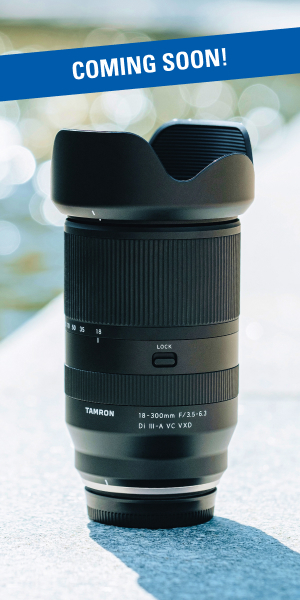There’s something magical about sunrise and sunset photography on the lake. Whether early morning or dusk, the serene water, the changing light, and the stillness of the moment always captivate me.
Over the years, I have learned a lot from taking photos. I want to share some tips that helped me get amazing shots. I will also share my favorite gear from Tamron.
By Guest Contributor André Costantini

What You Will Learn in This Post:
- Top Tamron lenses for sunrise and sunset photography and why they’re ideal
- Essential tips like arriving early, experimenting with compositions, and working quickly
- Must-have accessories including filters, tripods, and remote shutter releases
- Safety considerations for photographing near water during early and late hours
- How to embrace natural elements like fog and reflections for stunning shots
My Favorite Lenses for Sunrise and Sunset Photography on the Lake

When it comes to gear, Tamron lenses are my go-to. Their wide-angle lenses are perfect for capturing expansive lake scenes with dramatic skies, while their all-in-one zoom lenses provide versatility when I need to quickly change focal lengths without swapping lenses. The sharpness, reliability, and ease of use make Tamron lenses some of the best lenses for landscape photography and are an essential part of my photography kit.
Here are my top picks and why they’re perfect for this genre:
- Tamron 17-28mm F/2.8 Di III RXD – This wide-angle lens is perfect for capturing sweeping lake vistas with vibrant skies and beautiful lake reflections. Its fast aperture allows for excellent low-light performance, making it ideal for those early and late hours when the light is soft and colorful.
- Tamron 20-40mm F/2.8 Di III VXD – A versatile lens that bridges the gap between ultra-wide and standard zoom, this lens is great for both dramatic landscapes and tighter compositions. Its compact design makes it easy to carry while delivering outstanding sharpness.
- Tamron 28-200mm F/2.8-5.6 Di III RXD – An all-in-one zoom lens that offers flexibility without compromising quality. From wide shots of the lake to zoomed-in details of distant elements, this lens covers it all, making it a perfect companion when time is of the essence.
Best Camera Settings for Sunrise and Sunset Photography
For the best results, use manual mode with these settings:
- Aperture: f/8 to f/16 for deep depth of field.
- Shutter Speed: 1/30 to several seconds for long exposures, depending on light.
- ISO: Keep it low (100-400) to avoid noise.
- White Balance: Set to ‘Daylight’ or adjust manually for accurate colors.
- Focus: Use manual focus for precision, especially in low light.
These settings help balance light, color, and sharpness for stunning lake shots.
My Top 9 Lake Photography Tips
TIP 1: Get There Early and Stay Late
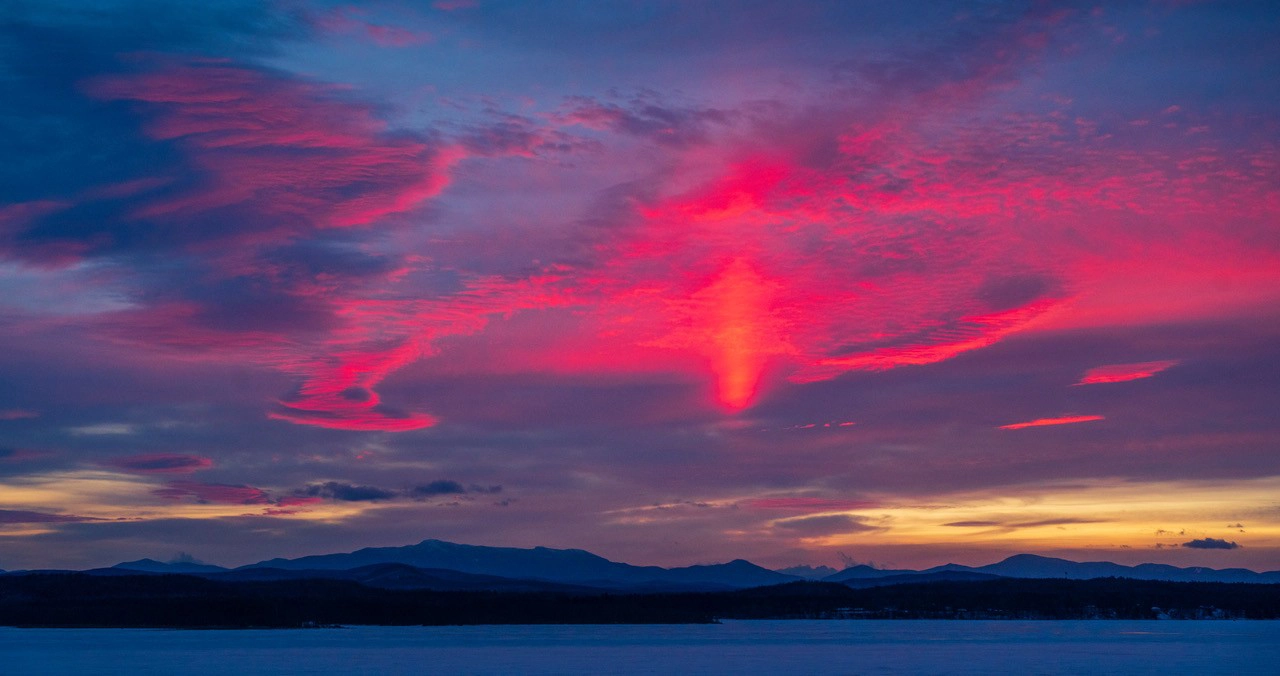
One of the biggest lessons I’ve learned is to arrive early and stay late. There have been countless times when I thought I had captured the perfect shot, only to be surprised by a sudden burst of color or an unexpected shift in the light. Often, the most saturated colors appear well before the sun rises and long after it sets. Trust me, patience pays off for sunrise and sunset photography on the lake.
TIP 2: Return to the Same Place
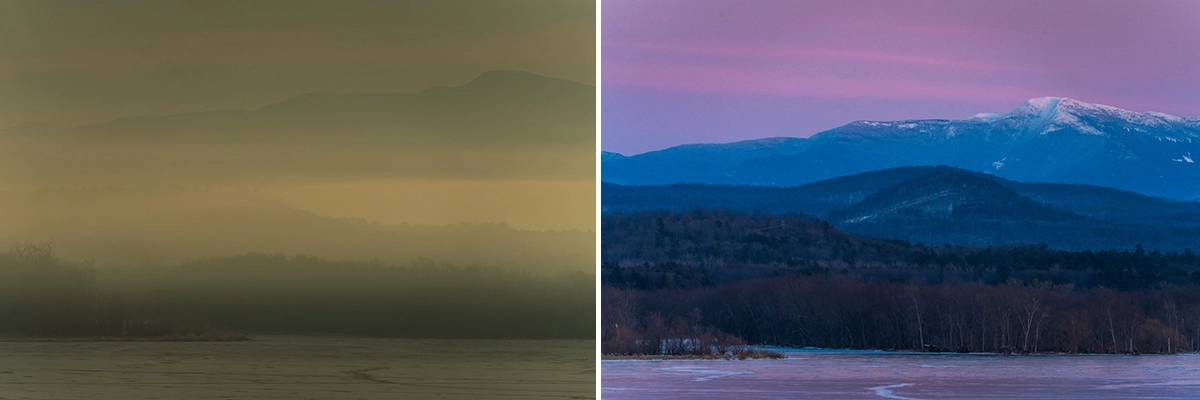
I used to believe that once I had photographed a location, I had seen all it had to offer. But lakes are dynamic, and the light is never the same twice. Returning to the same spot can yield surprising results, often better than you ever imagined. Consider how to position yourself and your camera to reflect light off the water for a dynamic effect in your sunrise and sunset lake photography.
TIP 3: Bring a Tripod
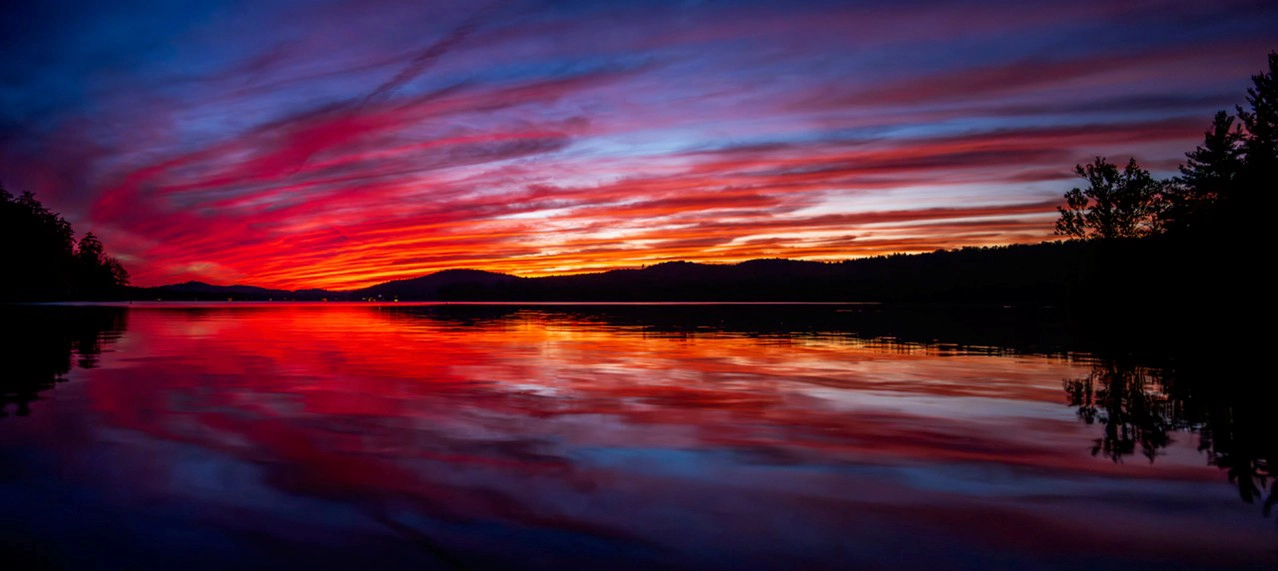
While it’s true that modern cameras and lenses allow for sharp handheld shots, there are moments when a tripod is indispensable. After the sun dips below the horizon, the light diminishes and longer shutter speed exposures become necessary. A tripod ensures that you can capture those moments crisply. I’ve learned the hard way that if you don’t bring one, you’ll probably wish you had!
TIP 4: Vary Your Focal Lengths
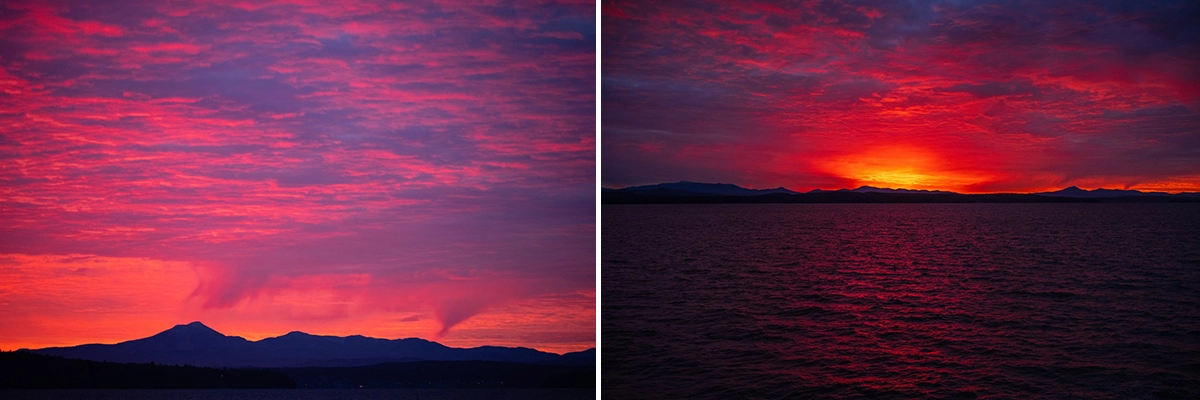
Depending on the scene, I often switch between focal lengths. Sometimes, a long lens like a 200mm is perfect for compressing the scene and focusing on a distant element. Other times, a wide-angle lens is ideal, especially when the sky is painted with vibrant colors and interesting cloud formations.
TIP 5: Experiment with Compositions
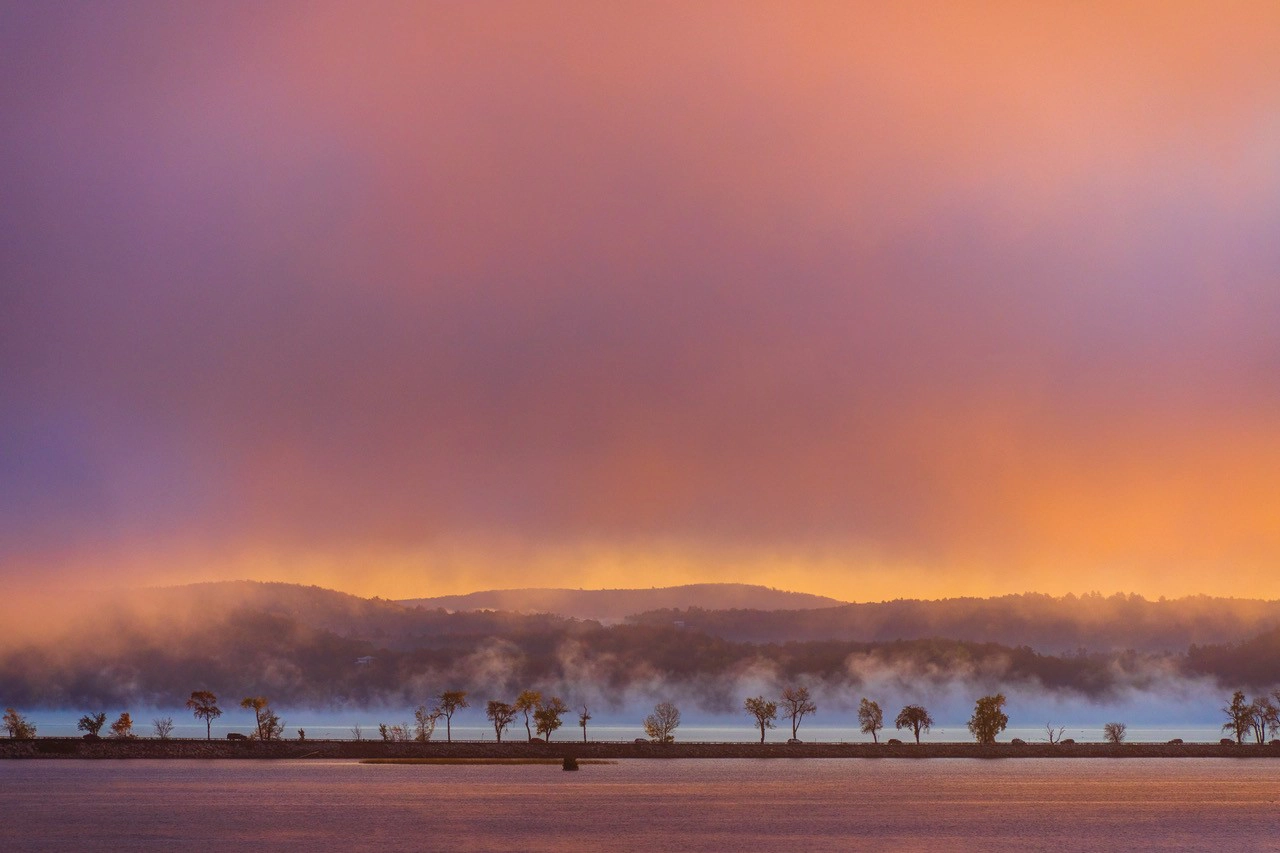
While the rule of thirds is a great starting point (think 1/3 water and 2/3 sky or vice versa), don’t be afraid to break the rules. I often find that experimenting with different compositions leads to unique and compelling images. Let the light guide you and be open to what the scene presents.
TIP 6: When in Doubt, Shoot Wider
There have been many times when I wished I had captured a bit more of the scene. Shooting wider with a wide-angle lens gives you the flexibility to crop later, especially when working with panoramic compositions that don’t match the native ratio of your camera.
TIP 7: Work Quickly
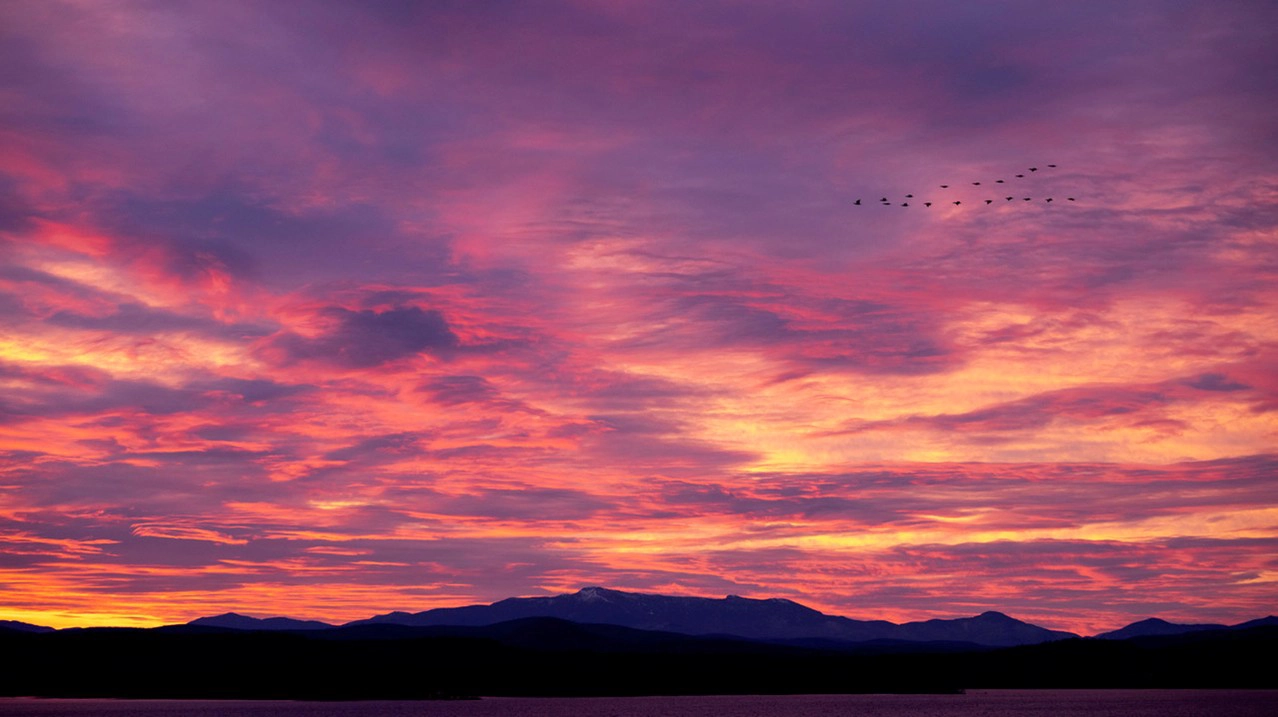
The light at sunrise and sunset changes rapidly. I’ve missed shots by hesitating for even a moment. Shoot continuously through the entire process to give yourself plenty of options. Sometimes the best light lasts only seconds, while other times it lingers longer than expected.
TIP 8: Embrace Fog and Reflections
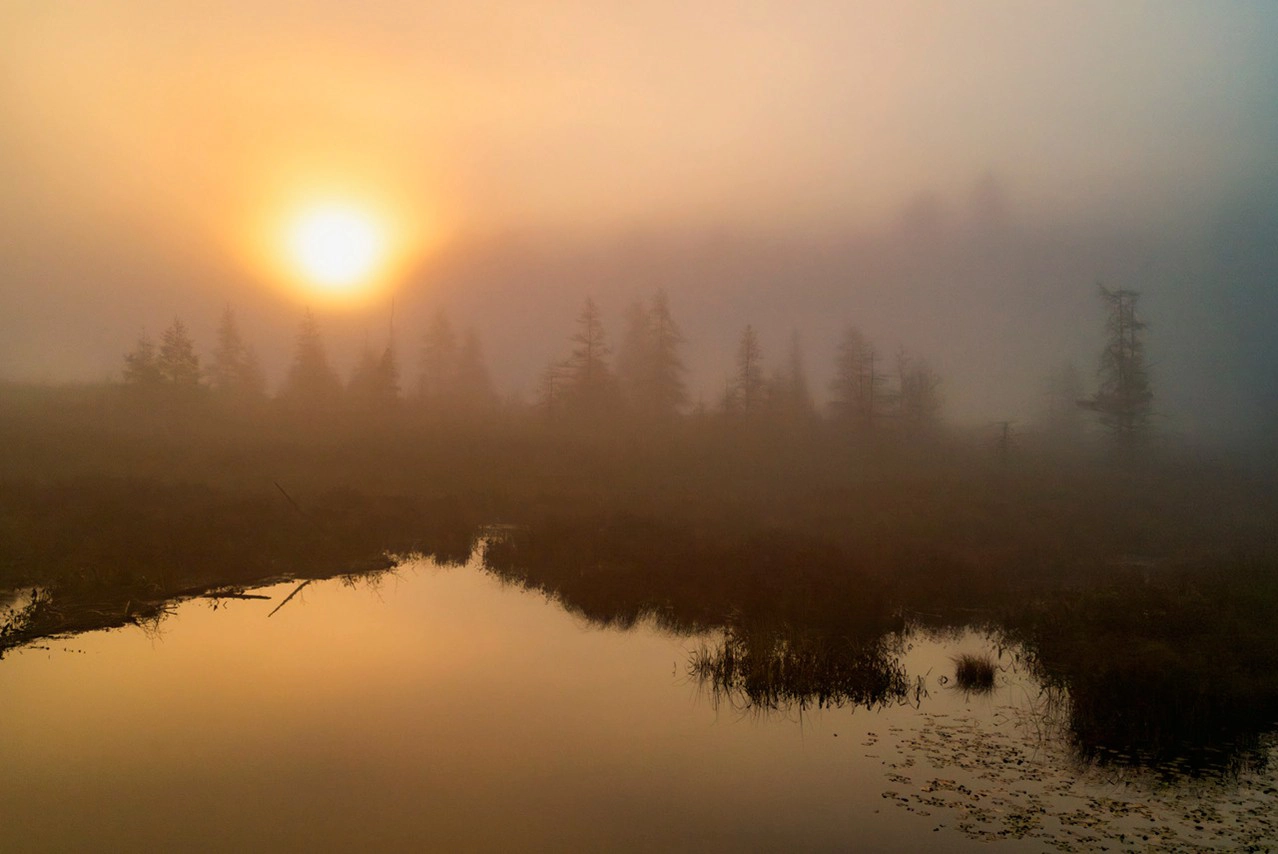
Foggy mornings on the lake can create an ethereal mood, and calm waters offer perfect reflections. Long exposures with a tripod can smooth out the water surface, creating a glass-like effect that enhances the overall composition.
TIP 9: Capturing Perfect Mirrored Reflections in Water – Reflection Photography
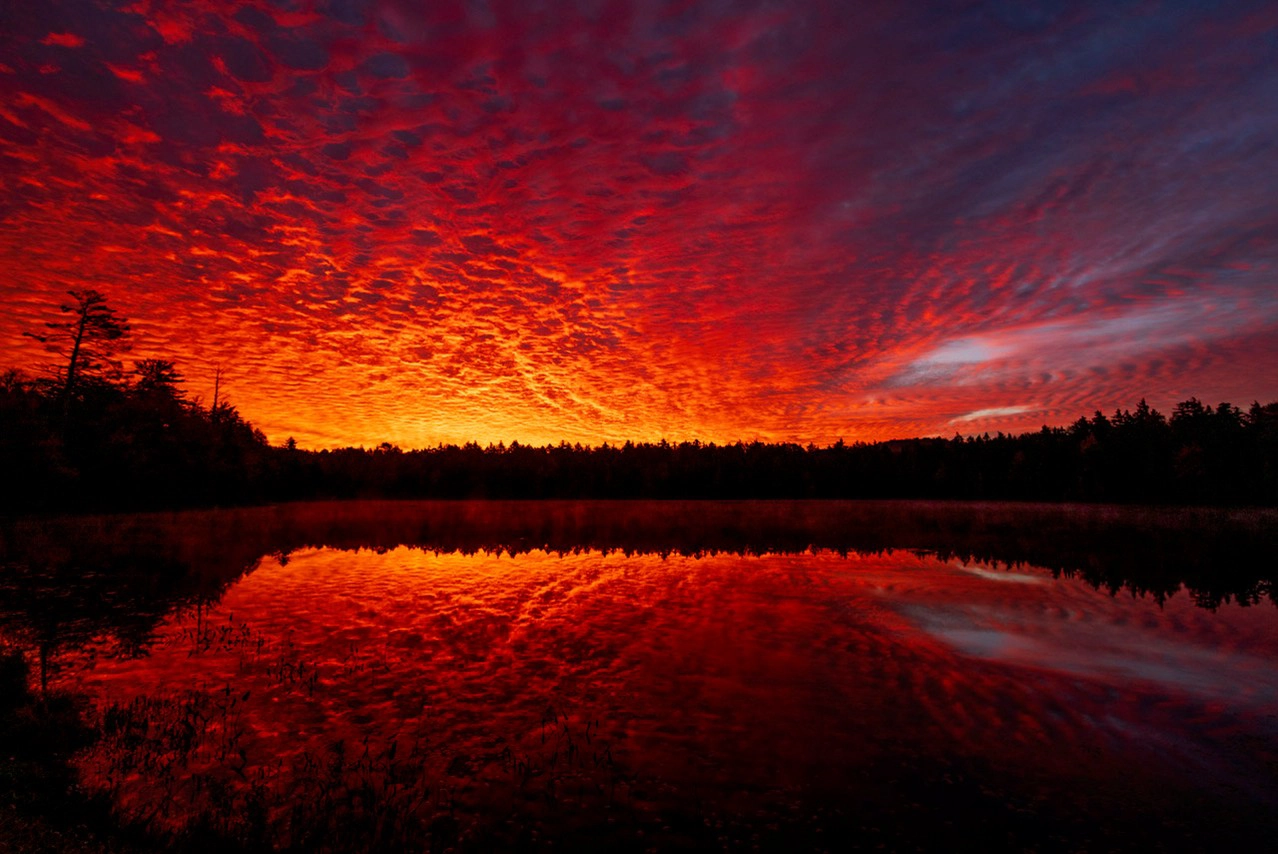
For reflection photography on the lake, choose a calm day with little to no wind for the stillest water. You can also use a tripod for long exposures to “smooth” the water out. Use a small aperture (f/11 to f/16) for a deep depth of field and focus on the reflection itself.
Other Essential Photography Gear for Sunrise and Sunset Photography
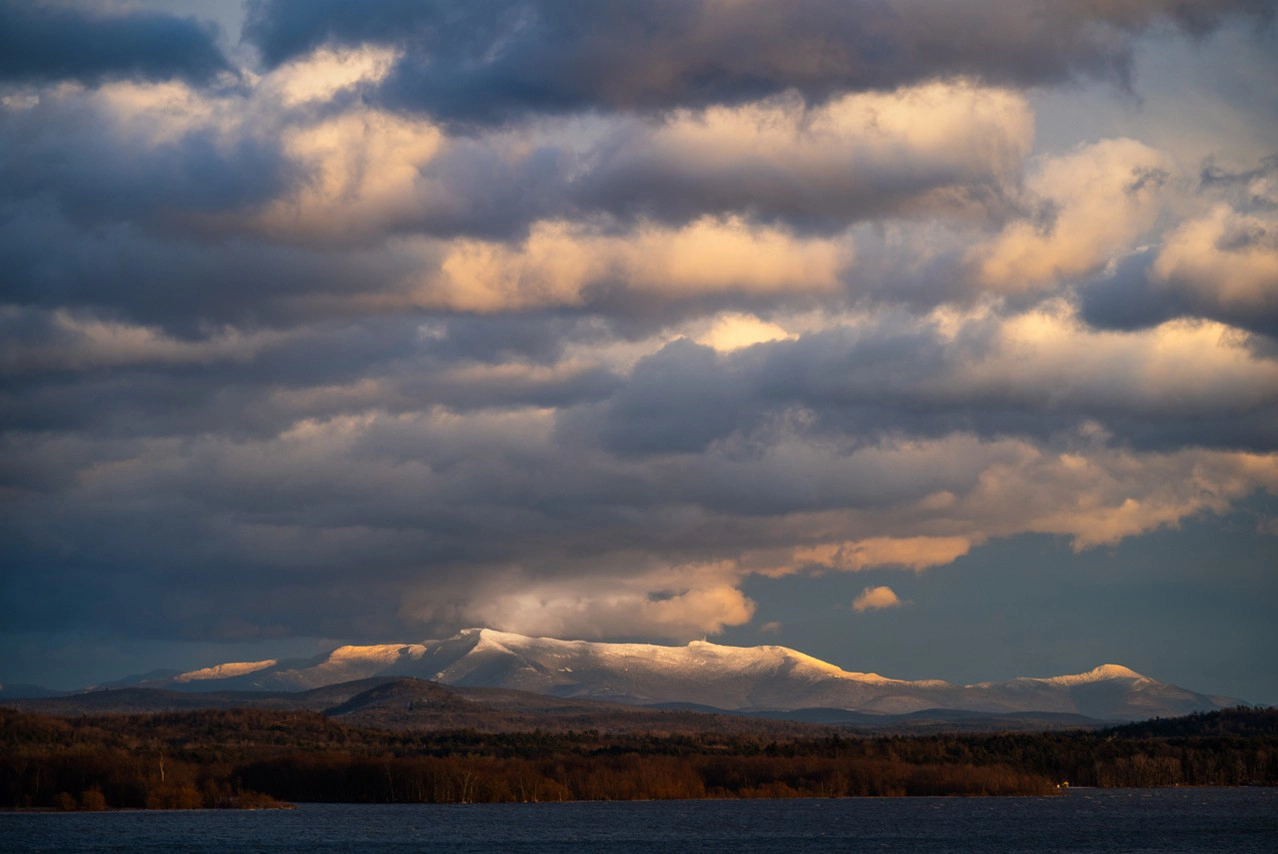
In addition to lenses, there are several other accessories that can make a big difference:
- Remote Shutter Release: Helps avoid camera shake during long exposures.
- ND Filters: Neutral density filters allow for longer exposures, even in bright conditions with high dynamic range, removing ripples in the water for smooth water and dreamy skies.
- Polarizing Filter: Reduces glare and reflections in lake photography and enhances color saturation.
- Lens Cloths and Rain Covers: Keep your gear clean and protected from moisture.
- Extra Batteries and Memory Cards: Sunrise and sunset sessions can be long, and running out of power or space is never ideal.
Photography Safety Tips to Keep in Mind Before Heading out to Capture Sunrise and Sunset Photos
Safety is essential when photographing near lakes, especially during early and late hours when visibility is low. Bring a flashlight or headlamp, wear appropriate footwear to avoid slipping, and be aware of your surroundings.
Let someone know where you’re going, and keep your phone charged in case of emergencies. Carry insect repellent and dress in layers to stay comfortable. Safety ensures you can focus on your photography without worry.
Last Thoughts on Photography by the Lake
Photographing sunrise and sunset on the lake is always an adventure. Each experience is unique, and with these tips and the right gear, you can create stunning landscape photography images that reflect the beauty of nature’s most magical moments.
Learn more about Tamron lenses at an authorized Tamron dealer near you or visit the TAMRON Store.

